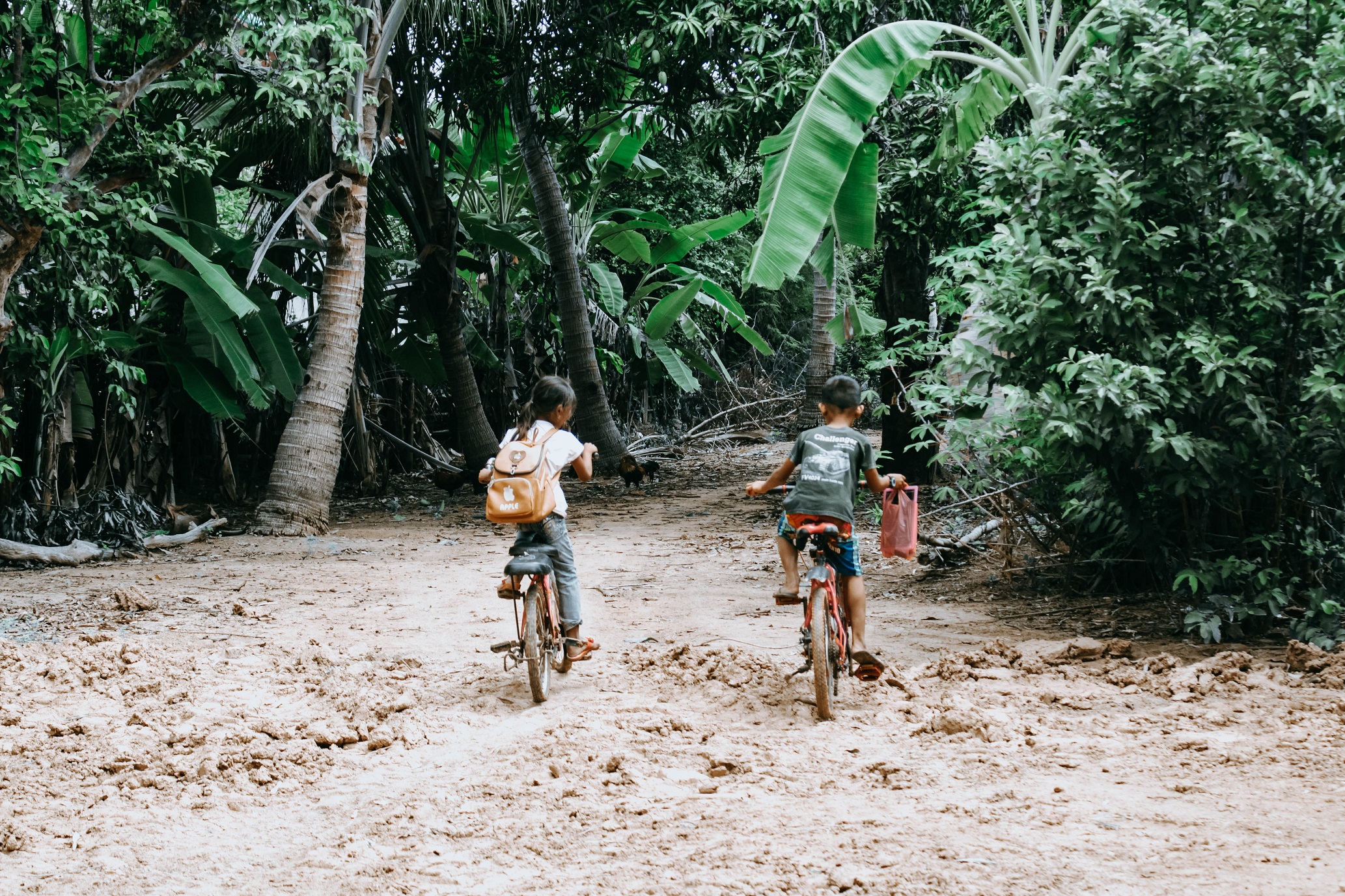
The threat of climate change on individual and planetary health looms large.
We can see what this might mean on a larger scale – for the icecaps, for people at threat of tsunami, or for raging wildfires.
But in a world with a changing climate, what are the expected and quantifiable impacts for human health everywhere?
The answers have been put forward in a recent report by the Global Health Alliance with Monash University, bringing together global research on climate and health.
Taking a global and Australian lens, the answer to this question is, in short: a lot.
Climate change is going to affect our individual and planetary health in irreversible ways.
But the report also proposes ways governments at every level can act now to prevent the ill-health that follows from a hotter planet, as well as ways to prepare to manage the consequences. Recommendations span public engagement, health workforce development, benchmarking research, innovation, policy and program interventions.
So why should we act?
The report outlines three main areas where climate and health interact: disease risk, inequality and economics.
Greater risk of disease
Our individual health is inextricably linked to the health of our environment. As the effects of climate change ripple through the environment, we will see changes that threaten human health, including:
- Extreme weather events and natural disasters (both sudden, such as floods, and slow, such as droughts) increasing in intensity, regularity and duration. With this, comes the parallel increases in human causalities, and the resulting physical and mental health problems. The rise in heat stress will mean that in 2050, a heat wave in an Australian capital city will likely kill more than 1,000 people in just a few days.
- Water systems becoming unsafe due to flooding and water scarcity, compromising hygiene and increasing the risk of water-borne diseases.
- More people facing hunger, and others more likely to be obese. Yields from crops are expected to drop by as much as 10 per cent between 2000 and 2050, while the populations relying on them grow, affecting food and nutrition for millions of people. Fossil fuel by-products will also disrupt the gut microbiome and combined with reduced physical activity due to rising temperatures, increase the likelihood of childhood obesity.
- Greater spread of infectious diseases, more allergies, asthma attacks and hay-fever, caused by higher levels of greenhouse gases, and a longer pollen season. Air pollution and hotter weather can also mean compromised lung function, and respiratory diseases like bronchitis, emphysema, lung cancer and heart-attacks.
Vulnerable people become more vulnerable.
Human resilience is shaped by location, physical condition, social status, poverty, control over resources as well as a relationship to land- and food-production. These are inherently inequal, but climate change makes it worse.
As with most inequalities, the populations most vulnerable to climate health impacts are women, older people, young people, people living with disability, as well as indigenous and rural communities.
Rising sea levels are likely to further dispossess Aboriginal and Torres Strait Islander peoples of their homes and traditional lands, severing the remaining connections to country fundamental to their culture and identity.
Major threats to our political, economic and health systems.
Ill-health has a human cost but it also has an economic one. That means political conflict, system breakdown and refugeeism are likely to increase.
Taking a planetary lens, it’s not difficult to imagine how the consequences for our geographic neighbours are already reverberating through to Australia as demands for financial, military or other support escalate.
These costs may be hard to quantify, but even by the crude fiscal measure of work absenteeism and under-performance directly caused by heat-related illnesses, Australia can expect to see an additional economic cost of $8.7 billion each year.
On the flipside, studies show that the health economic benefits are so vast that they alone would compensate for the costs of climate mitigation, meeting the objectives of the 2015 Paris Agreement.

